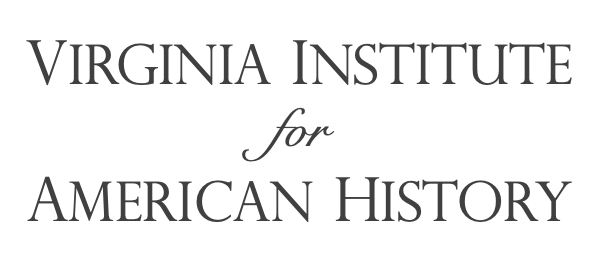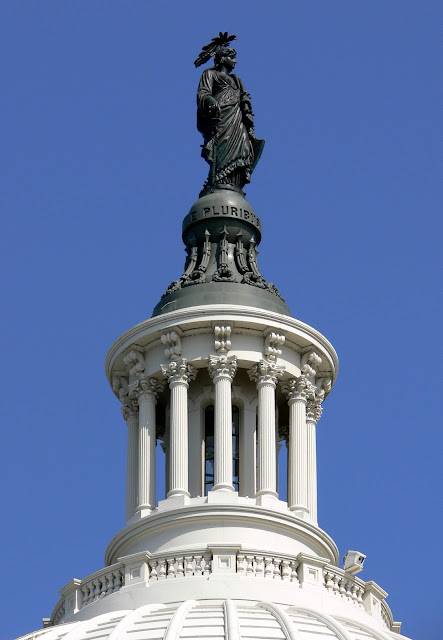Connecticut jailed the Africans and charged them with murder. The slave trade had been outlawed in the United States since 1808, but the institution of slavery itself thrived in the South. The Amistad case entered the federal courts and caught the nation’s attention. The murder charges against the Amistad captives were quickly dropped, but they remained in custody as the legal focus turned to the property rights claimed by various parties. President Martin Van Buren issued an order of extradition, per Spain’s wishes, but the New Haven federal court’s decision preempted the return of the captives to Cuba. The court ruled that no one owned the Africans because they had been illegally enslaved and transported to the New World. The Van Buren administration appealed the decision, and the case came before the US Supreme Court in January 1841.
Abolitionists enlisted former US president John Quincy Adams to represent the Amistad captives’ petition for freedom before the Supreme Court. Adams, then a 73-year-old US congressman from Massachusetts, had in recent years fought tirelessly against Congress’s “gag rule” banning anti-slavery petitions. Here, Adams accepted the job of representing the Amistad captives, hoping he would “do justice to their cause.” Adams spoke before the Court for nine hours and succeeded in moving the majority to decide in favor of freeing the captives once and for all. The Court ordered the thirty surviving captives (the others had died at sea or in jail) returned to their home in Sierra Leone.”[1]
_______________________________
Closing Argument of John Quincy Adams before the Supreme Court, February 23, 1841
“I said, when I began this plea, that my final reliance for success in this case was on this Court as a court of JUSTICE; and in the confidence this fact inspired, that, in the administration of justice, in a case of no less importance than the liberty and the life of a large number of persons, this Court would not decide but on a due consideration of all the rights, both natural and social, of every one of these individuals. I have endeavored to show that they are entitled to their liberty from this Court. I have avoided, purposely avoided, and this Court will do justice to the motive for which I have avoided, a recurrence to those first principles of liberty which might well have been invoked in the argument of this cause. I have shown that Ruiz and Montes, the only parties in interest here, for whose sole benefit this suit is carried on by the Government, were acting at the time in a way that is forbidden by the laws of Great Britain, of Spain, and of the United States, and that the mere signature of the Governor General of Cuba ought not to prevail over the ample evidence in the case that these negroes were free and had a right to assert their liberty. I have shown that the papers in question are absolutely null and insufficient as passports for persons, and still more invalid to convey or prove a title to property…my argument in behalf of the captives of the Amistad, is closed.
May it please your Honors: On the 7th of February, 1804, now more than thirty-seven years past, my name was entered, and yet stands recorded, on both the rolls, as one of the Attorneys and Counsellors of this Court. Five years later, in February and March, 1809, I appeared for the last time before this Court, in defence of the cause of justice, and of important rights, in which many of my fellow-citizens had property to a large amount at stake. Very shortly afterwards, I was called to the discharge of other duties--first in distant lands, and in later years, within our own country, but in different departments of her Government.
Little did I imagine that I should ever again be required to claim the right of appearing in the capacity of an officer of this Court; yet such has been the dictate of my destiny--and I appear again to plead the cause of justice, and now of liberty and life, in behalf of many of my fellow men, before that same Court, which in a former age I had addressed in support of rights of property I stand again, I trust for the last time, before the same Court--"hic caestus, artemque repono." I stand before the same Court, but not before the same judges--nor aided by the same associates--nor resisted by the same opponents. As I cast my eyes along those seats of honor and of public trust, now occupied by you, they seek in vain for one of those honored and honorable persons whose indulgence listened then to my voice. Marshall--Cushing--Chase--Washington--Johnson--Livingston--Todd--Where are they? …Where is the marshal--where are the criers of the Court? Alas! where is one of the very judges of the Court, arbiters of life and death, before whom I commenced this anxious argument, even now prematurely closed? Where are they all? Gone! Gone! All gone!--Gone from the services which, in their day and generation, they faithfully rendered to their country. From the excellent characters which they sustained in life, so far as I have had the means of knowing, I humbly hope, and fondly trust, that they have gone to receive the rewards of blessedness on high. In taking, then, my final leave of this Bar, and of this Honorable Court, I can only exclaim a fervent petition to Heaven, that every member of it may go to his final account with as little of earthly frailty to answer for as those illustrious dead, and that you may, every one, after the close of a long and virtuous career in this world, be received at the portals of the next with the approving sentence— “Well done, good and faithful servant; enter thou into the joy of thy Lord.”[2]
___________________________
[2] United States vs. The Amistad, 40 US 518 (1841); Adams' complete argument may be found at: https://avalon.law.yale.edu/19th_century/amistad_002.asp
[3] See also: Amistad, movie trailer (1997) https://www.youtube.com/watch?v=BJFDOvGMD0U
Graphic of John Quincy Adams (L) and Joseph Cinqué (R), who led the revolt aboard the Amistad, https://en.wikipedia.org/wiki/Joseph_Cinqu%C3%A9

.png)




